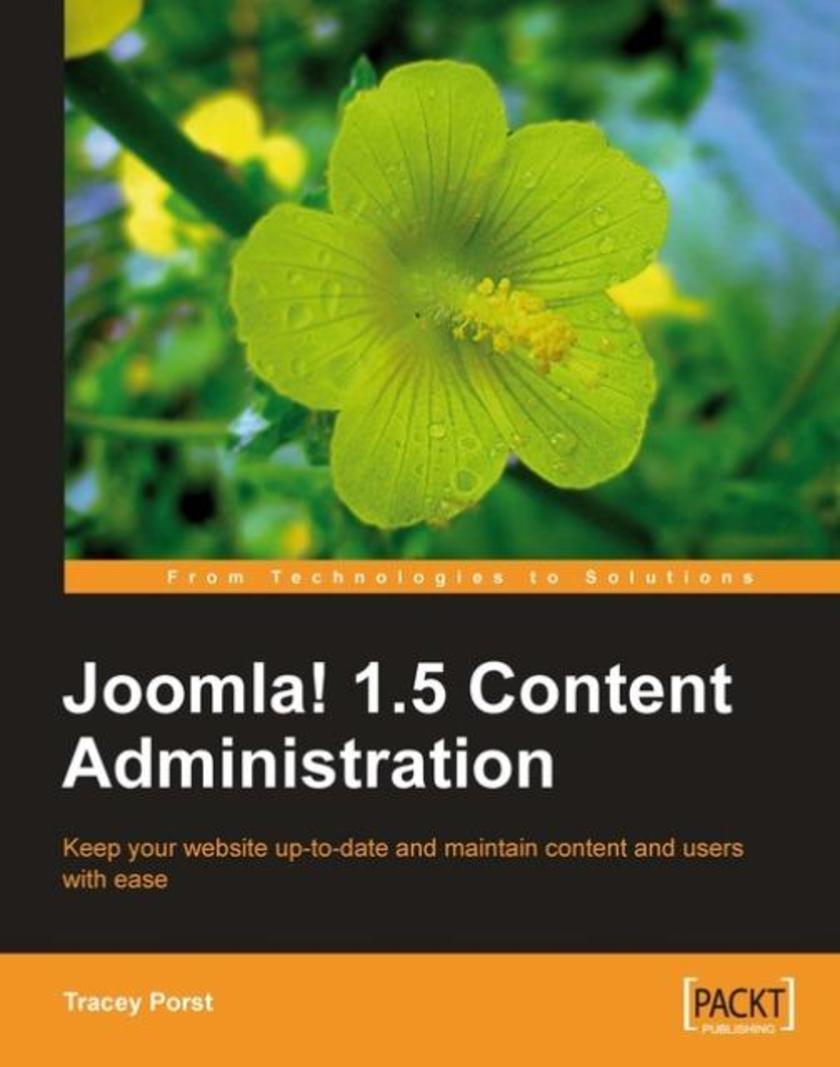
Joomla! 1.5 Content Administration
¥71.93
This book is very easy and straightforward to follow, and takes a hands-on approach, using practical examples to illustrate techniques and explain concepts using a fictitious company called "The Party People" to help you master the content administration of your web site. With each task outlined, simple explanations are offered on similar subject areas and links to further information are provided. If you are someone who wants to quickly and easily manage content and users for a Joomla! web site, this book is ideal for you. You could be a content editor, proofreader, graphic artist, feature editor, or anyone else concerned with managing content on a Joomla! installation. If you can browse the Web and use a wordprocessing software package, this book will help you develop the skills to efficiently manage your web site and gain a solid understanding of the Joomla! content management system.
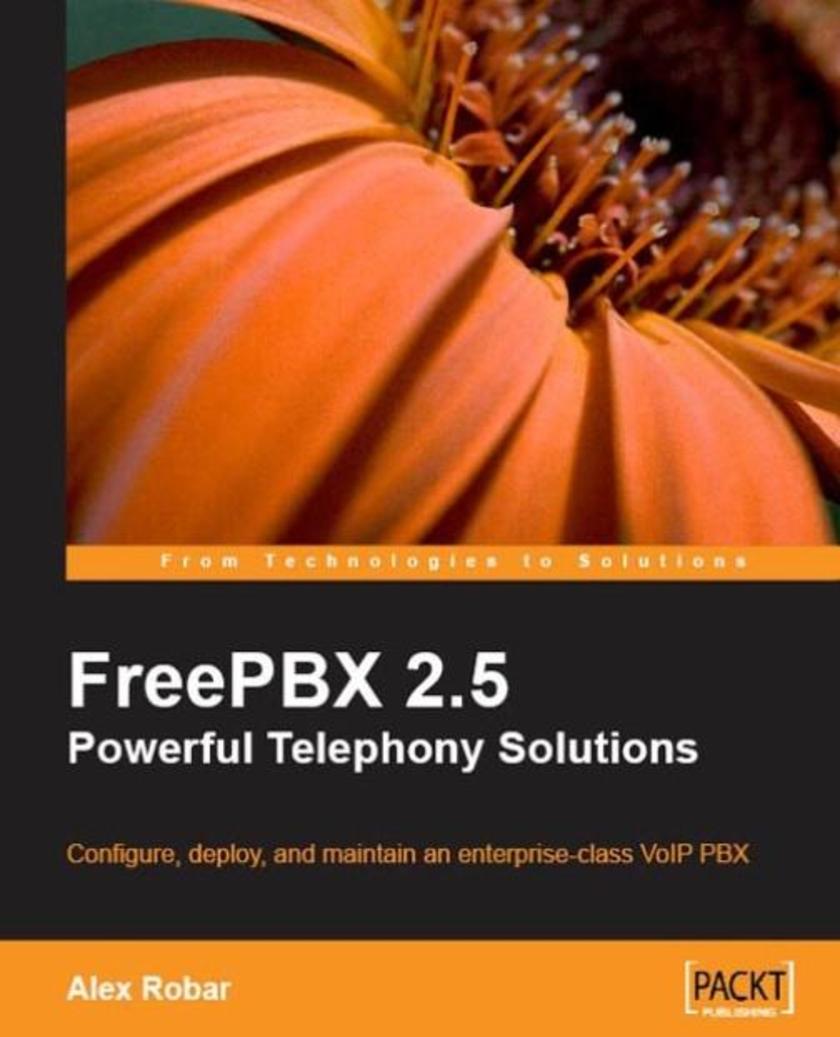
FreePBX 2.5 Powerful Telephony Solutions
¥71.93
This book is a tutorial, with plenty of step-by-step instructions bundled with examples and screenshots. VoIP telephony concepts are discussed, and how-tos are provided to help the reader become familiar with FreePBX. This book is targeted at system administrators who want to get started with FreePBX. Previous knowledge of Linux or networking is not required, although some basic knowledge of PBX and Linux will be a bonus.
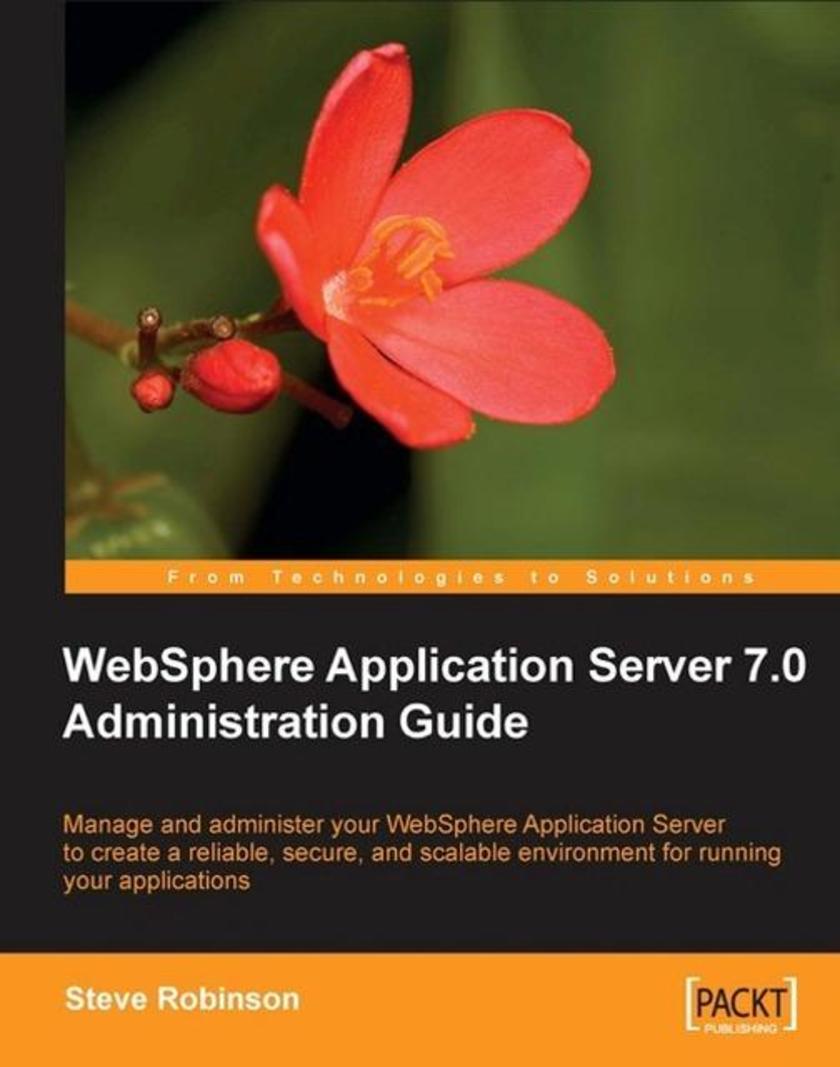
WebSphere Application Server 7.0 Administration Guide
¥90.46
This book is an example-driven tutorial that introduces you to the WebSphere application server and then takes you through all the major aspects of server configuration. It covers everything you need to deploy and tune your applications for best performance. This book is for administrators with some experience in Java who want to get started with WebSphere. Existing WebSphere users will also find this book useful, especially as there are so many new features in the new version.
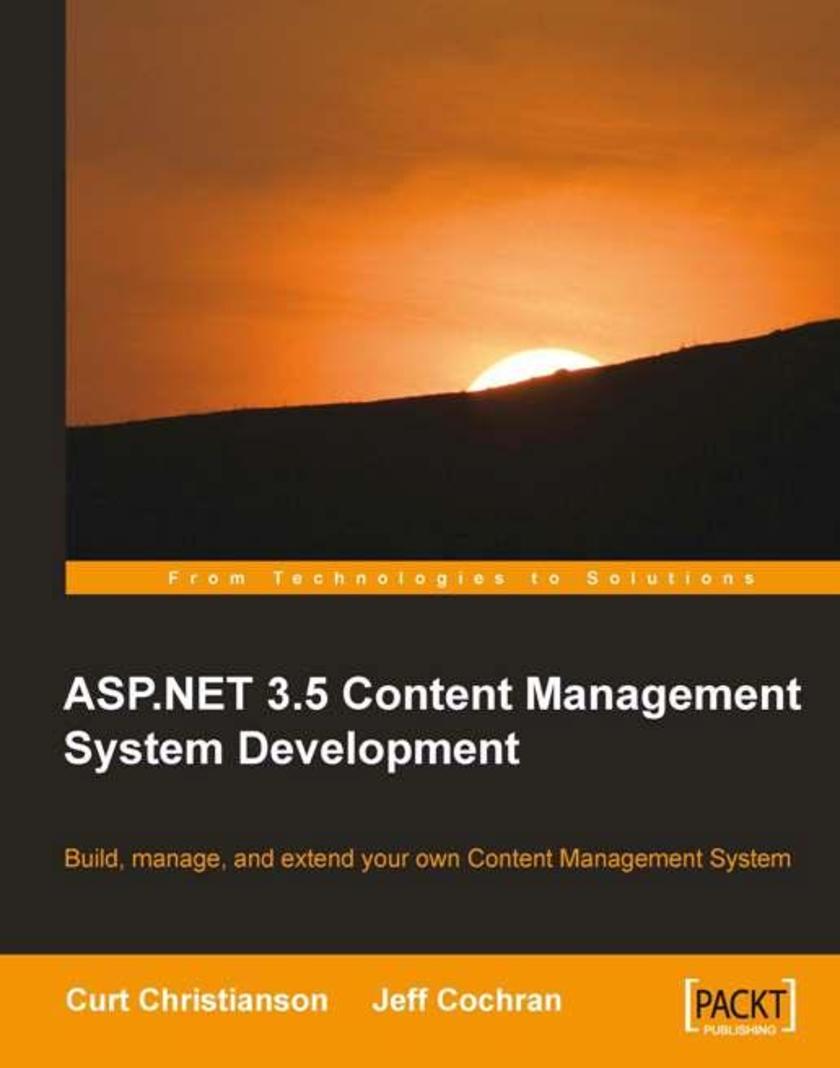
ASP.NET 3.5 CMS Development
¥71.93
This step-by-step tutorial shows the reader how to build an ASP.NET Content Management System from scratch. You will first learn the basics of a content management system and how to set up the tools you need to build your site. Then, you start building your site, setting up users, and adding content to your site. You will be able to edit the content of your site and also manage its layout all by yourself. Towards the end, you will learn to manage your site from a single point and will have all the information you need to extend your site to make it more powerful. Filled with plenty of code snippets and screen images to keep you on track as well as numerous additional samples to show you all the exciting alternatives to explore, this book prepares you for all the challenges you can face in development. This book is for beginner to intermediate ASP.NET users who have managed to learn Visual Web Developer and want to take on their first real-world application. It will help those who have used SQL Server Express, completed a few sample projects, and now wish to explore a Content Management System.
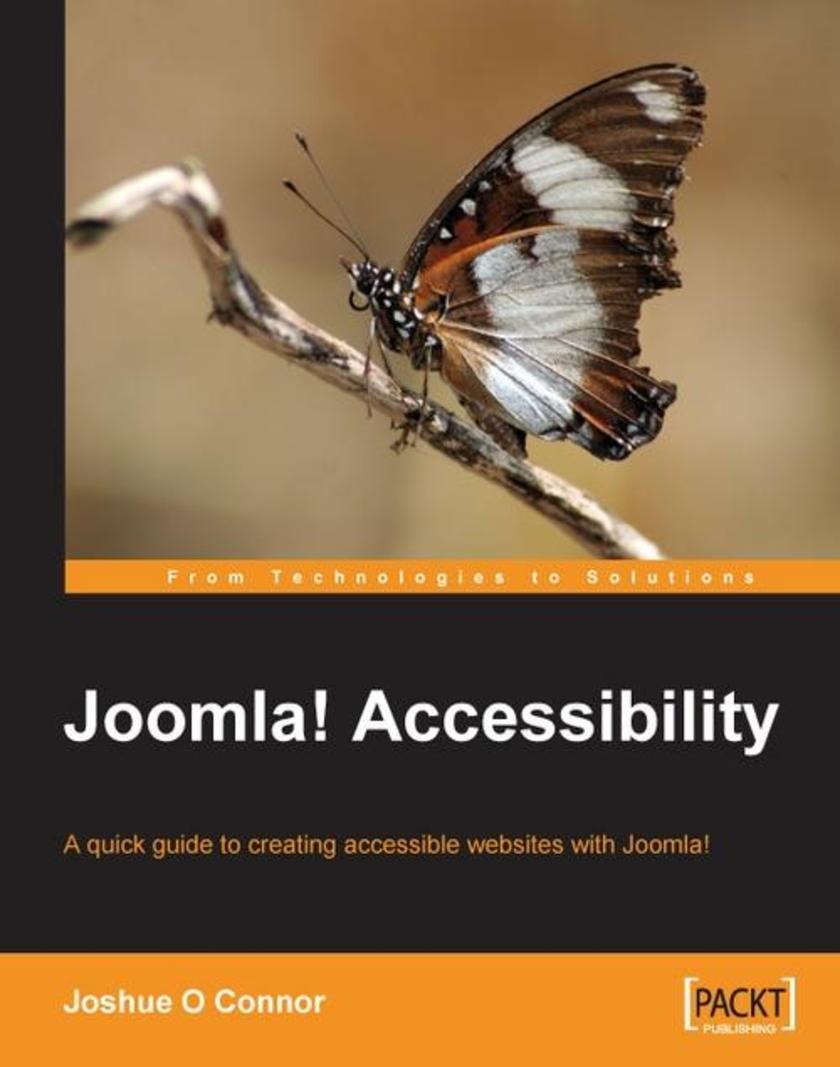
Joomla! Accessibility
¥54.49
Fast-paced and to-the-point, this book takes you through the important topics of Microsoft Dynamics NAV with clear explanations and practical example code. The book's selection of topics is driven by what the working developer needs to know in order to become productive as quickly as possible. The business applications software designer/developer who: Wants to become productive in NAV C/SIDE C/AL development as quickly as possible Understands business applications and the associated software Has significant programming experience Has access to NAV including at least the Designer granules, preferably a full development license and a standard Cronus demo database Is willing to do the exercises to get hands-on experience The Reseller manager or executive who wants a concise, in depth view of NAVs development environment and tool set The technically knowledgeable manager or executive of a firm using NAV that is about to embark on a significant NAV enhancement project The technically knowledgeable manager or executive of a firm considering purchase of NAV as a highly customizable business applications platform The reader of this book: Does not need to be expert in object-oriented programming Does not need to have previous experience with NAV
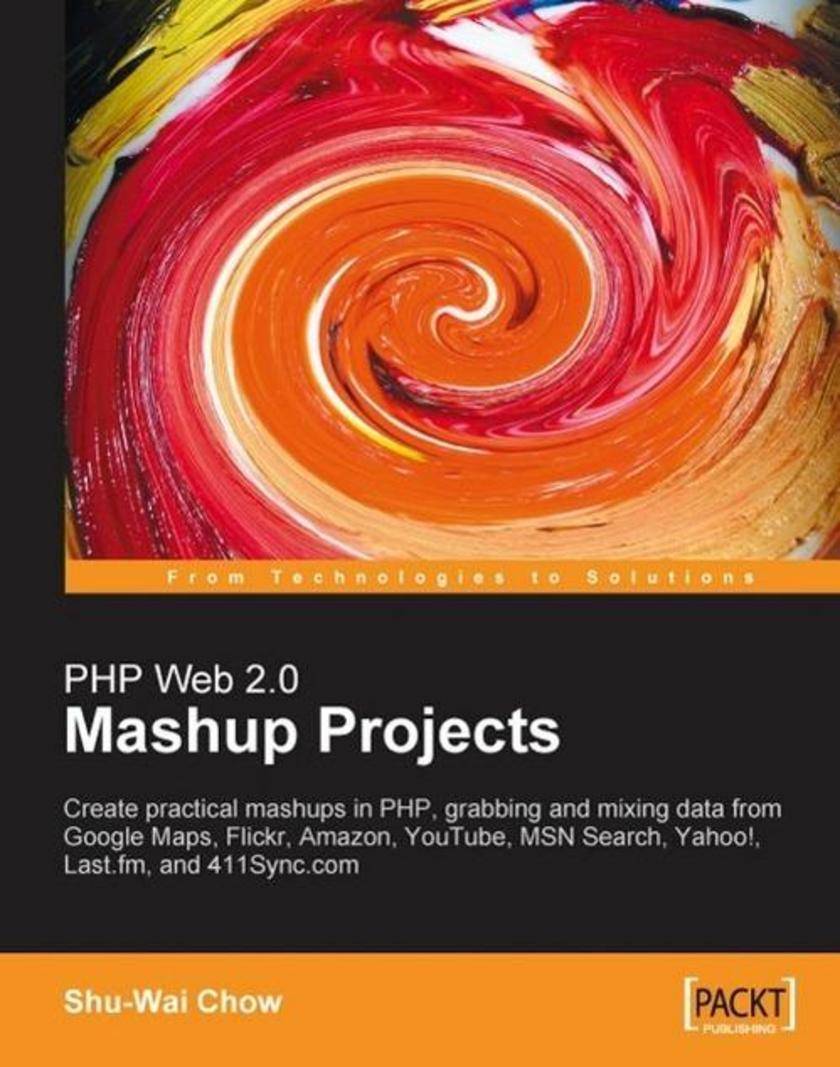
PHP Web 2.0 Mashup Projects
¥71.93
This book is a practical tutorial with five detailed and carefully explained case studies to build new and effective mashup applications. If you feel confident with your PHP programming, familiar with the basics of HTML and CSS, unafraid of XML, and interested in mashing things up, this is the book for you! There are a lot of formats and protocols, web services and web APIs encountered in this book ” you do not need to know anything about them or about AJAX; you will find all you need in the book.
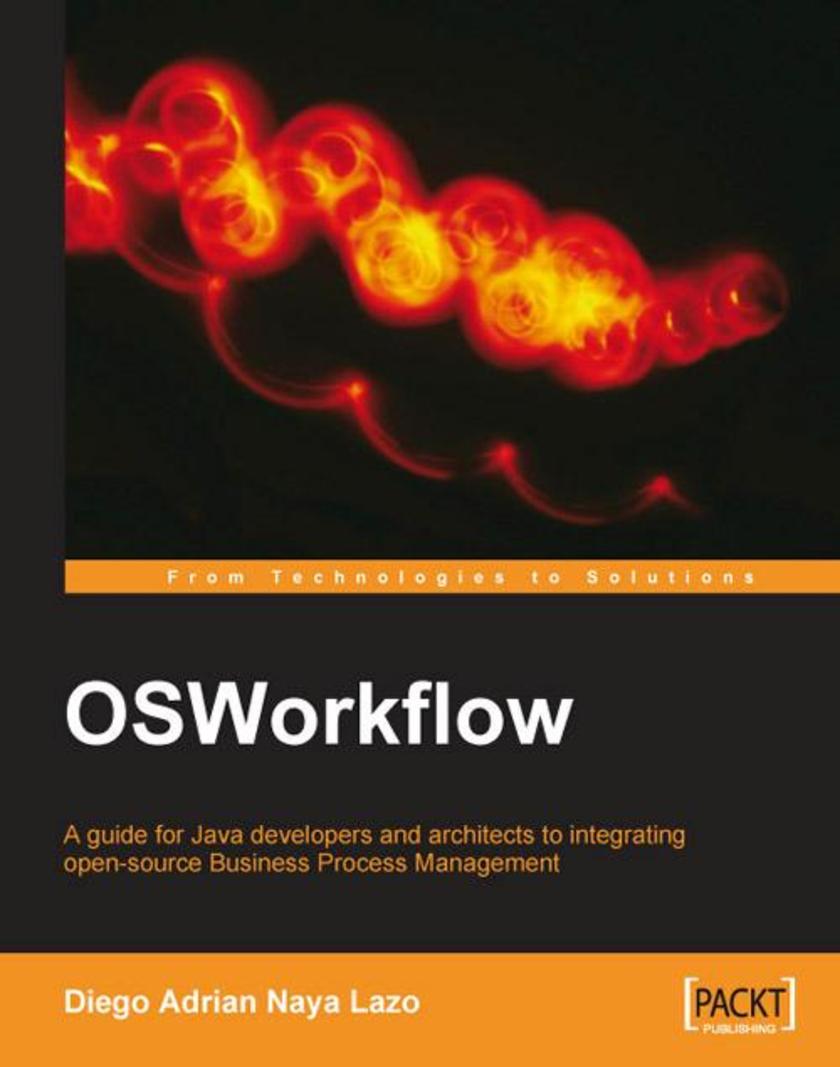
OSWorkflow: A guide for Java developers and architects to integrating…
¥90.46
This book gives step-by-step instructions on how to do things. The basics are explained first and then examples help to clarify and reinforce the principles. The book is aimed at experienced Java developers and system architects who want to develop complex Java applications using the OSWorkflow workflow engine. OSWorkflow is a flexible low-level workflow implementation for developers and architects; it is not a quick "plug-and-play" solution for non-technical end users.
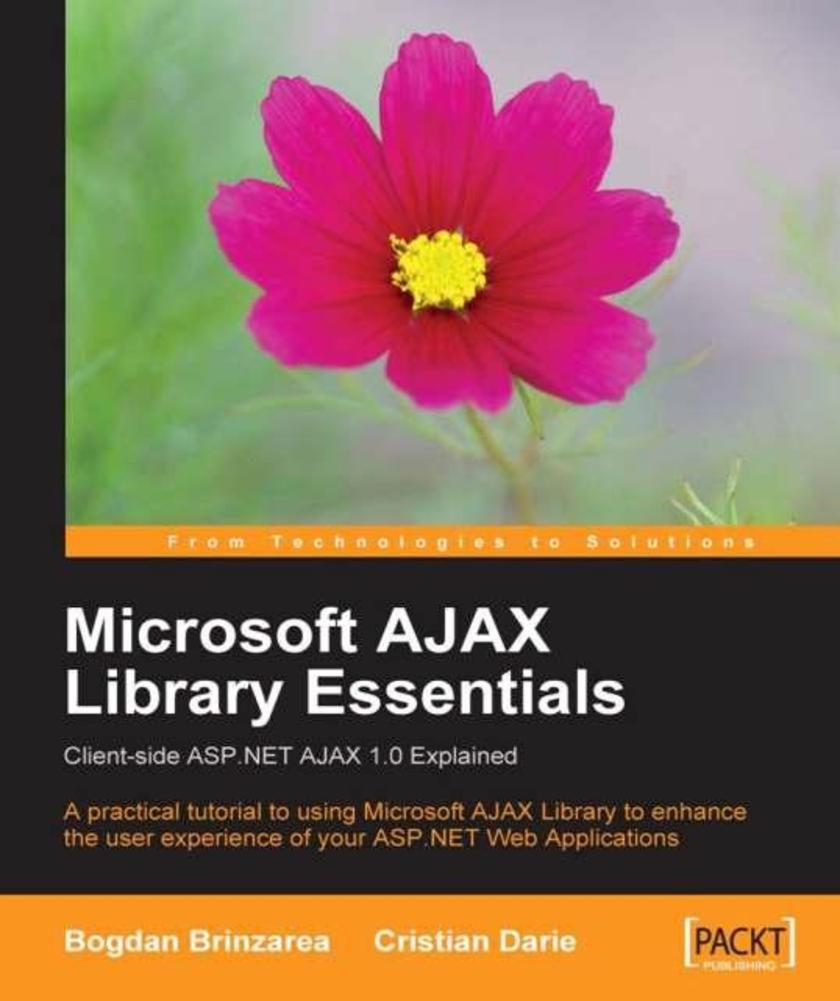
Microsoft AJAX Library Essentials: Client-side ASP.NET AJAX 1.0 Explained
¥71.93
This book is a practical tutorial to get you confident and comfortable working with the Microsoft AJAX suite. Packed with step-by-step examples and detailed explanations of how the examples work, this book is the ideal first step into the exciting world of AJAX in ASP.NET This book has been written for ASP.NET developers entering the world of the ASP.NET AJAX Framework, and for existing ASP.NET AJAX developers looking for a more detailed tutorial on the client-side of the framework: the Microsoft AJAX Library.
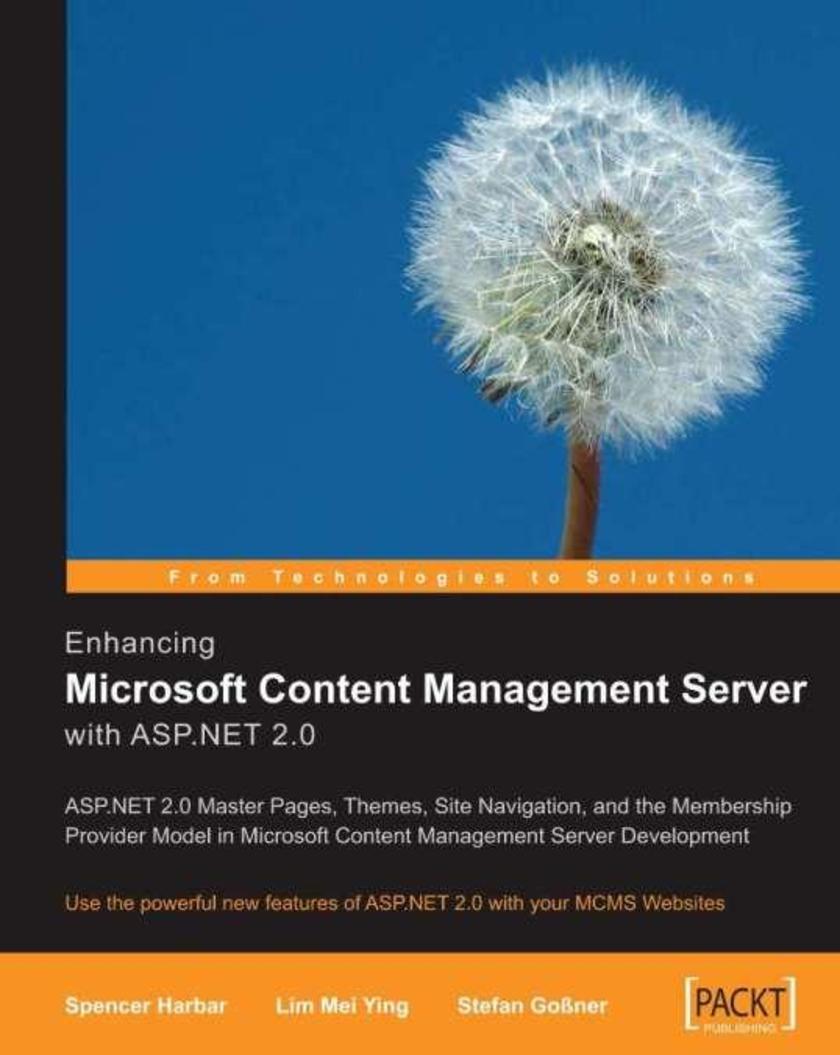
Enhancing Microsoft Content Management Server with ASP.NET 2.0
¥68.66
The book is written for developers who work with Microsoft Content Management Server, and want to update their skills to take advantage of the latest offerings in ASP.NET. If you are an MCMS developer who hasn't yet got into ASP.NET 2.0, this book is an ideal introduction to the most exciting features of ASP.NET 2.0, and how you can make them work for you.
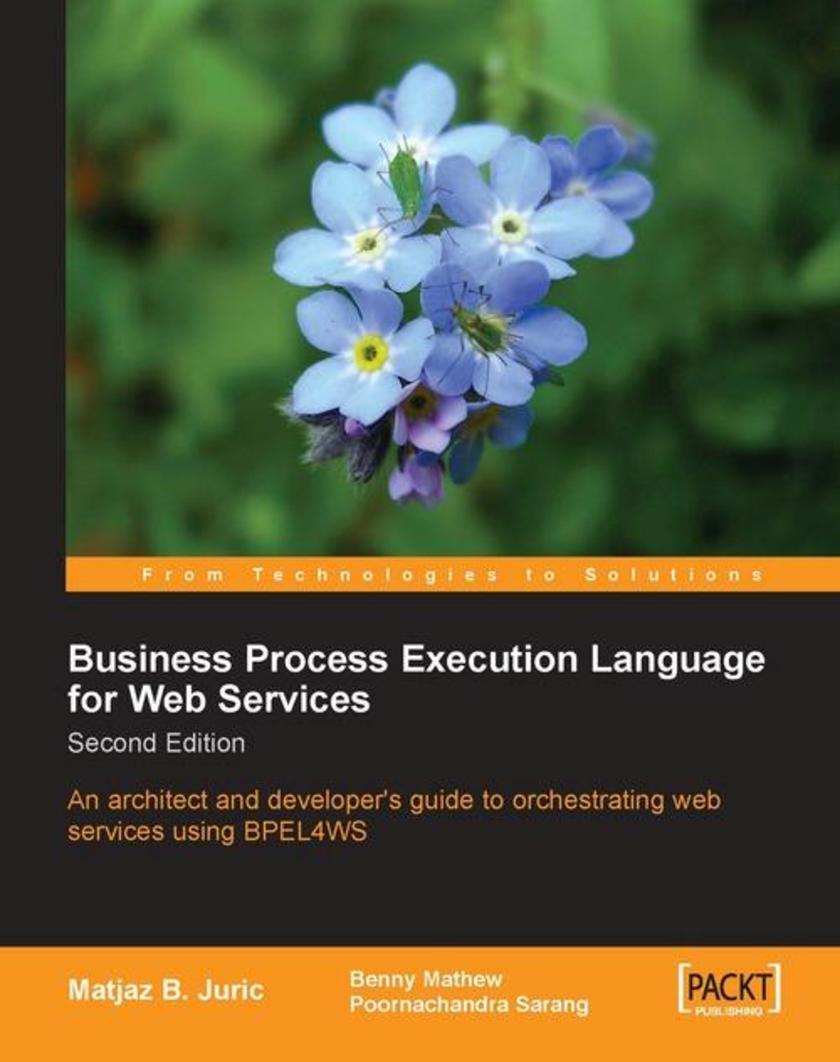
Business Process Execution Language for Web Services Second Edition
¥125.34
This book is aimed at architects and developers in the design, implementation, and integration phases of advanced information systems and e-business solutions, developing business processes and dealing with the issues of composition, orchestration, transactions, coordination, and security. The book presumes knowledge of XML and web services, web services development (either on J2EE or .NET), and multi-tier architecture
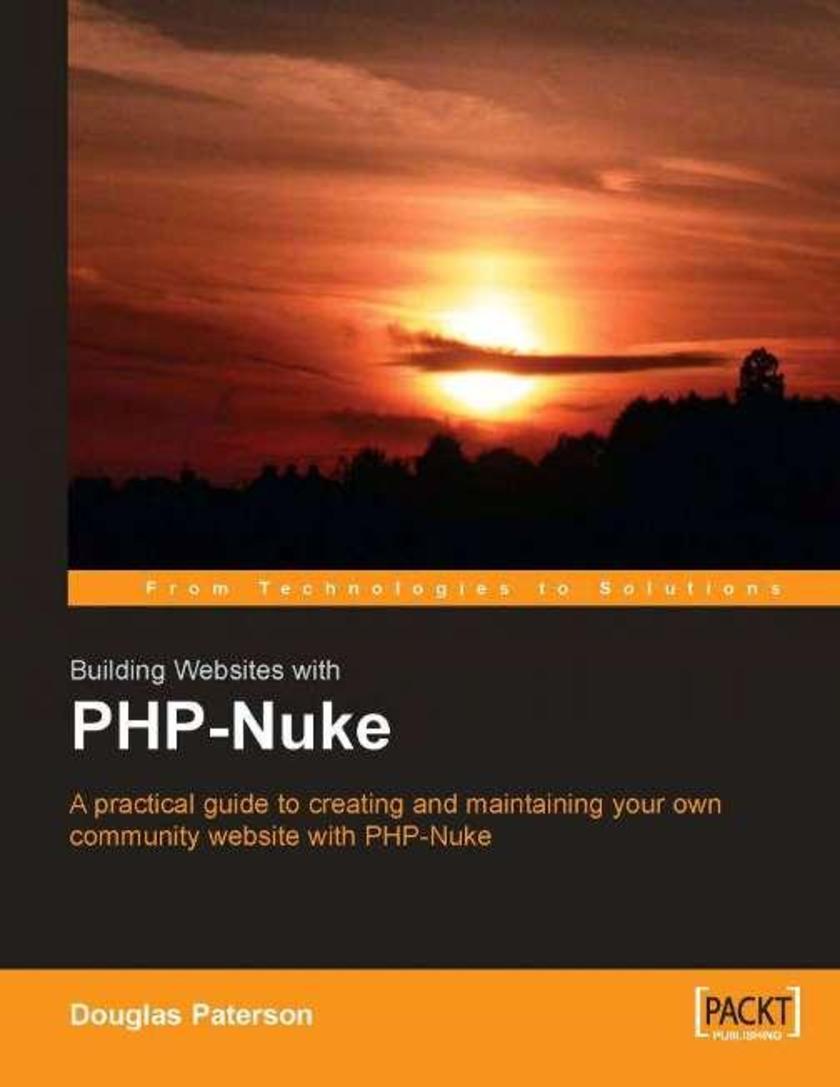
Building Websites with PHP-Nuke
¥63.21
Written in a clear, easy to read style, the book provides a tutorial on setting up a website with PHP-Nuke. Each topic is tackled in a clear, practical way with many examples to consolidate your learning. This book is written to help you create a fully-featured website as quickly as possible. Basic knowledge of HTML will help if you intend to explore customizing your own theme, and a basic knowledge of PHP will help if you want to get the most from the chapters on extending PHP-Nuke.
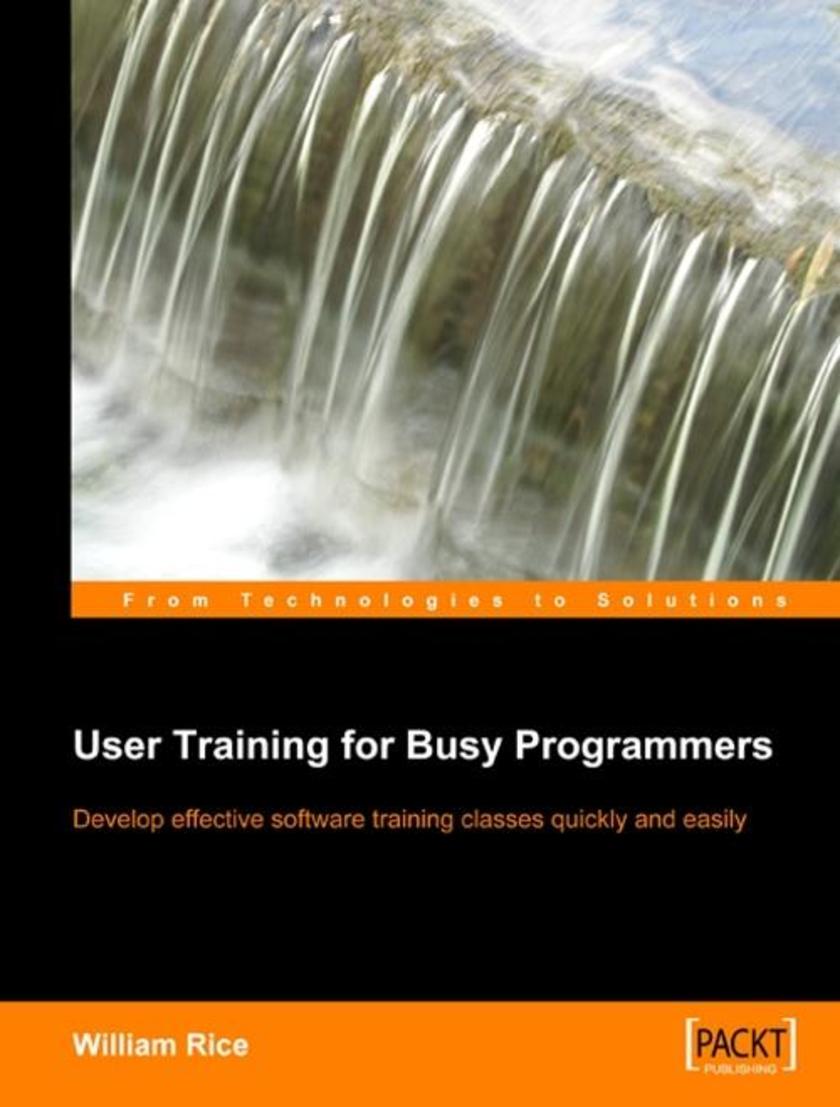
User Training for Busy Programmers
¥23.97
This book is concise and pithy, focusing on action rather than theory. While many books explore the subject of adult learning, User Training for Busy Programmers shows the reader how to apply a proven method in a systematic way enabling busy programmers to produce excellent results without adding too much to their workload. William's approach is to start in the middle and work your way outward. He based this approach on an article he wrote about how to develop user documentation. "I wrote this when I realized that my method for creating user documentation and training under tight deadlines was nothing like what I learned in school. I really expected heavy criticism from other writers and trainers when I published this article, but apparently my heresy was well-received. It's one of the most-linked-to and highest-rated articles on my website. By the time I saw the need for a book that enables non-trainers to develop software training courses, I had thoroughly developed the middle-out approach." Do you need to write a successful software training courseAre you unsure of how to startWould you like a step-by-step project plan to guide you in the development of your software classThis book gets right to the point with clear, concise directions for developing an end-user software course.
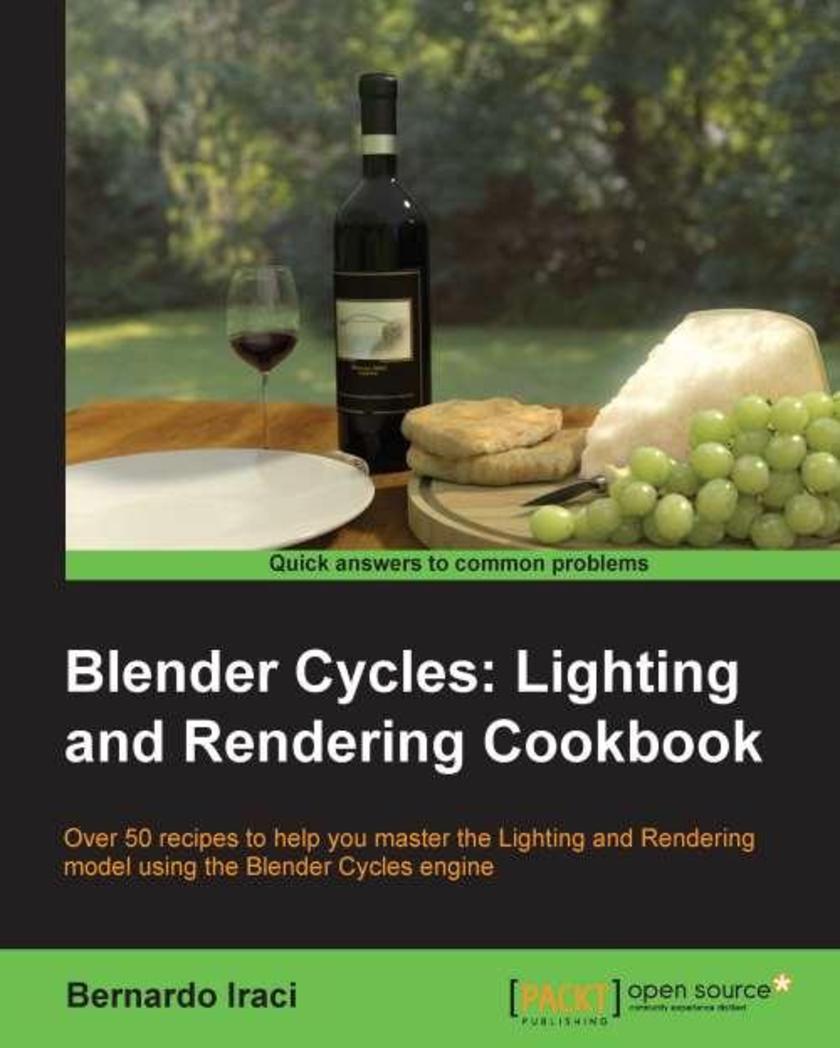
Blender Cycles: Lighting and Rendering Cookbook
¥90.46
An in-depth guide full of step-by-step recipes to explore the concepts behind the usage of Cycles. Packed with illustrations, and lots of tips and tricks; the easy-to-understand nature of the book will help the reader understand even the most complex concepts with ease.If you are a digital artist who already knows your way around Blender, and you want to learn about the new Cycles’ rendering engine, this is the book for you. Even experts will be able to pick up new tips and tricks to make the most of the rendering capabilities of Cycles.
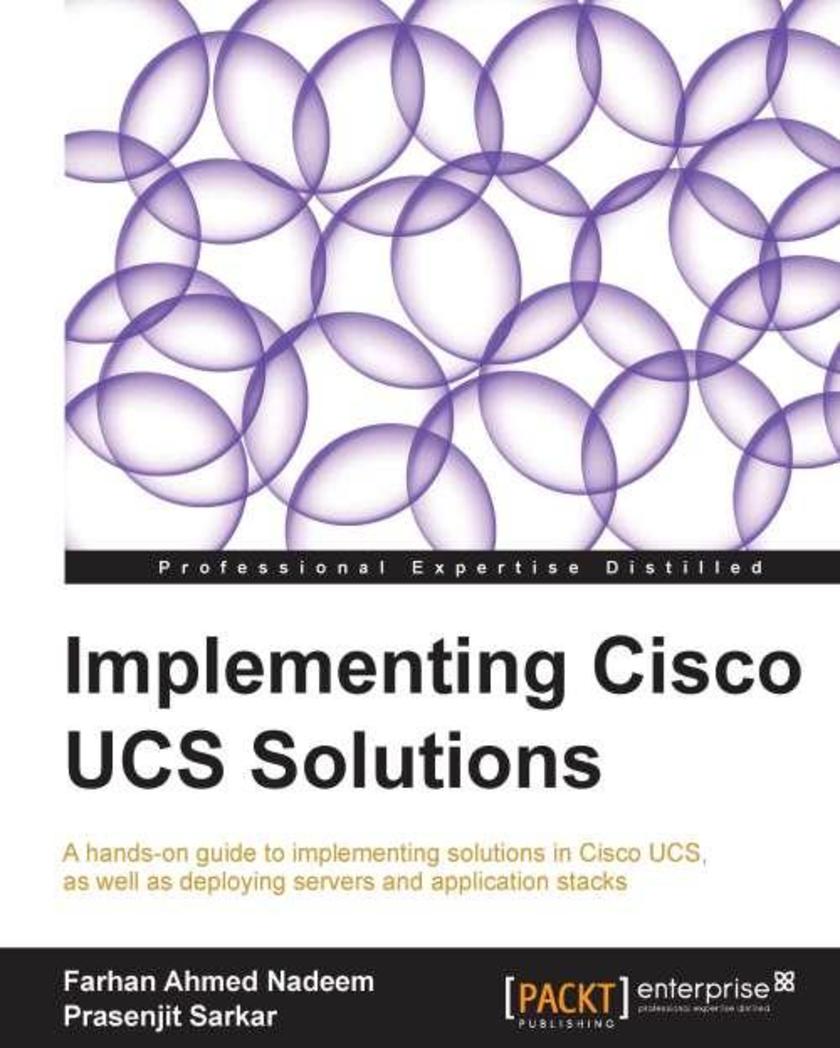
Implementing Cisco UCS Solutions
¥90.46
A tutorial-based approach which will help you understand the practical methodologies and deploying of Cisco UCS components.If you are a professional such as a system, network, or storage administrator who is responsible for Cisco UCS deployments, this is the perfect book for you. You should have some basic knowledge of the server’s architecture, network, and storage technologies. Familiarity with virtualization technologies is also recommended (though not necessary) as the majority of real-world UCS deployments run virtualized loads. Knowledge of Nexus OS is not necessary as the majority of the management tasks are handled in a graphical user interface with very few exceptions using the CLI.
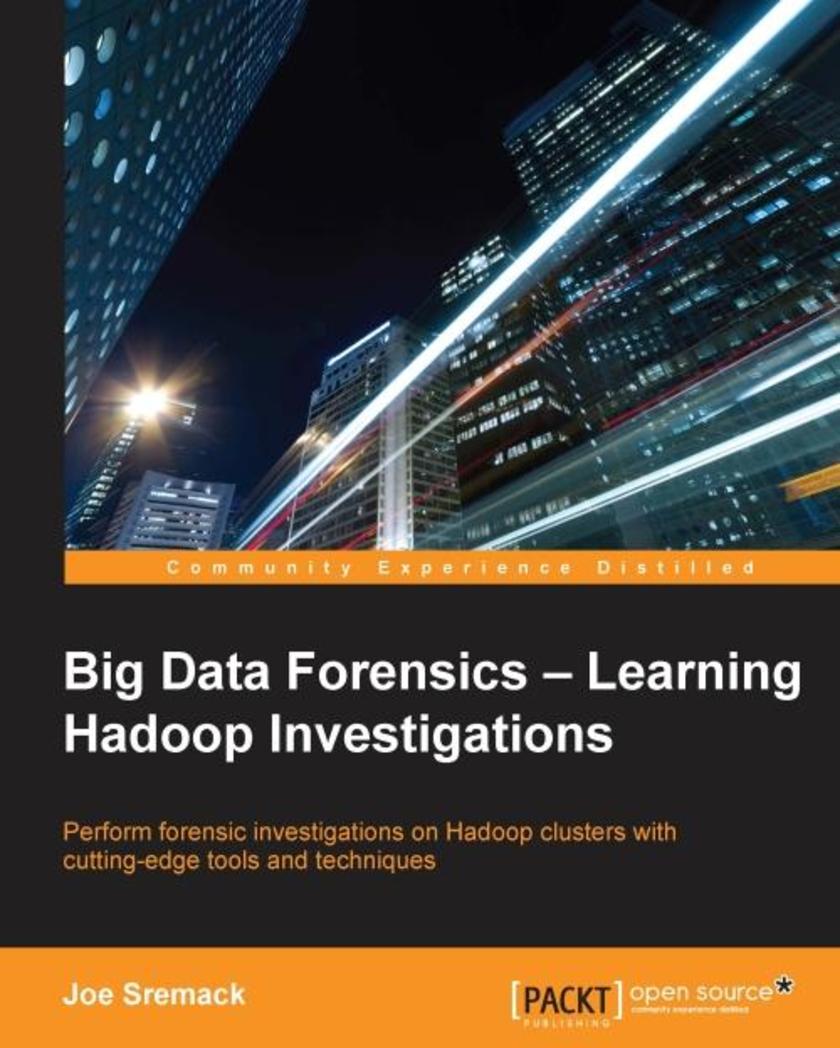
Big Data Forensics – Learning Hadoop Investigations
¥80.65
If you are an IT professional, law enforcement, legal professional, or a student interested in Big Data and forensics, this book is your hands-on guide for learning how to conduct Hadoop forensic investigations. Each topic and step in the forensic process is described in accessible language, and no prior experience is required.
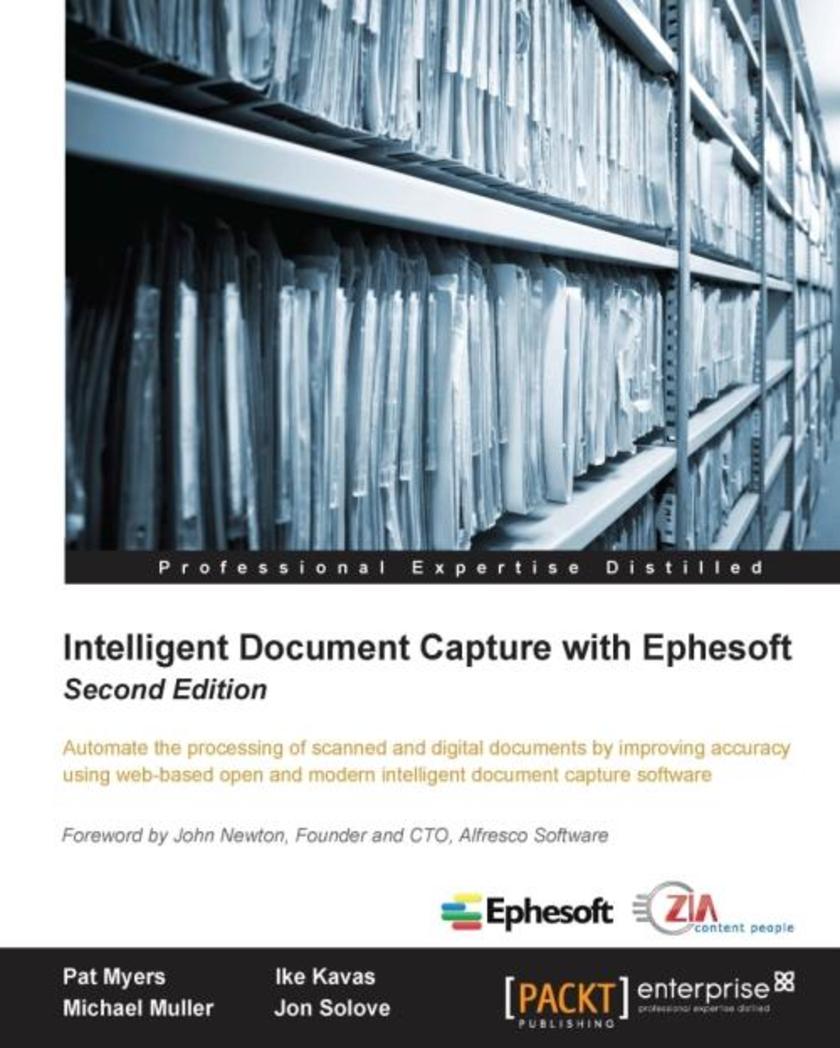
Intelligent Document Capture with Ephesoft - Second Edition
¥71.93
This book is intended for IT professionals interested in installing and configuring Ephesoft Enterprise for their organization, but it is a valuable resource for anyone interested in learning about intelligent document capture.
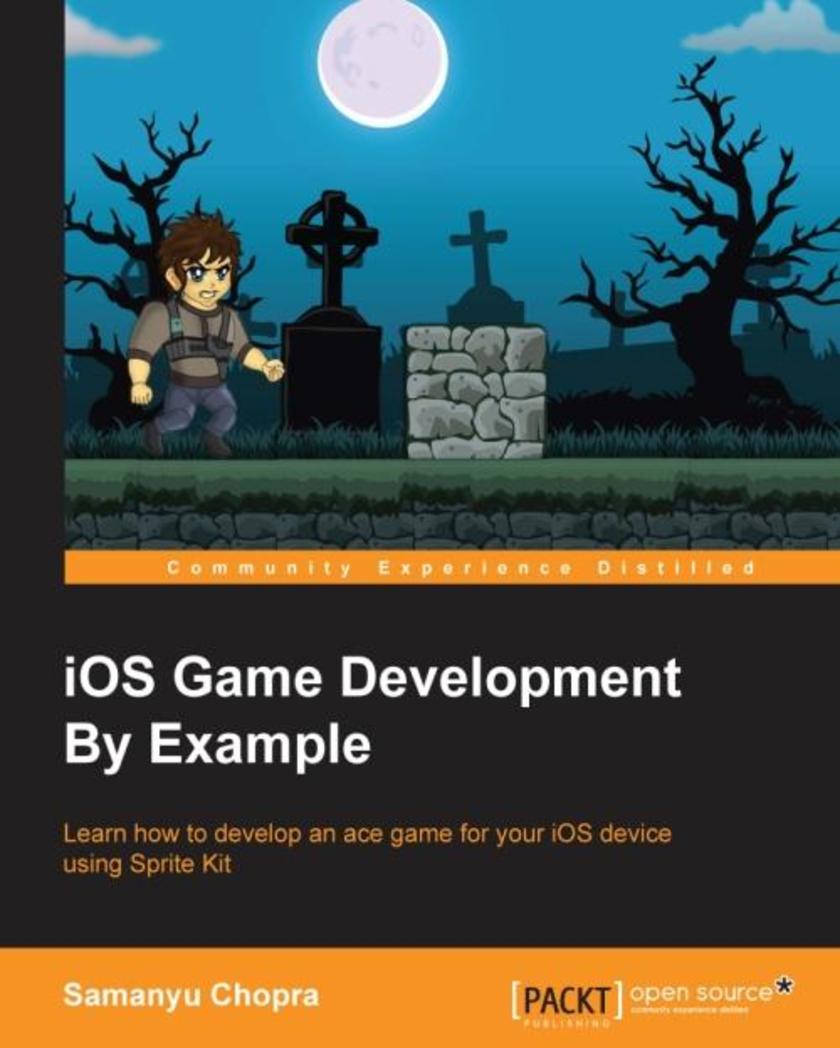
iOS Game Development By Example
¥80.65
This book is targeted at novice, intermediate, and proficient game developers coming from a different development platform and wanting to migrate to game development with the Sprite Kit engine. The reader does not need any knowledge of Sprite Kit and building games on the iOS platform.
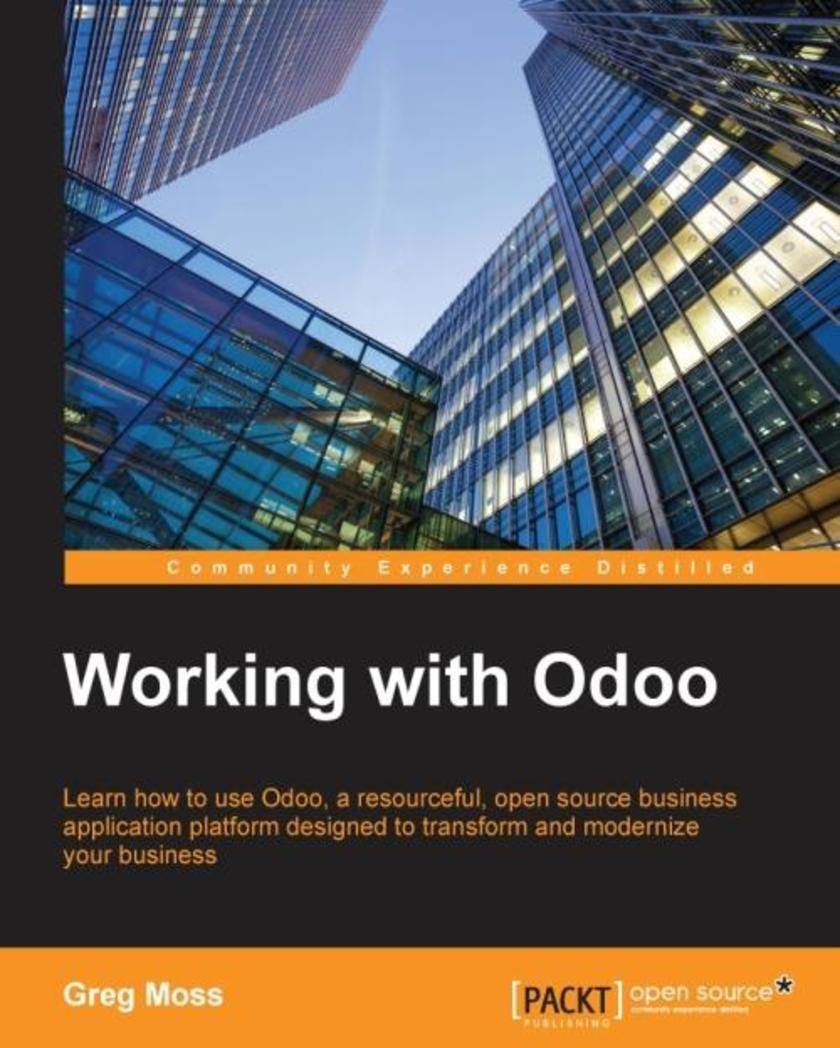
Working with Odoo
¥99.18
This book is perfect for people who have never used Odoo and for those who would like to learn about more advanced concepts of Odoo. In order to get the most out of this book, you should be comfortable with understanding basic business concepts such as sales, purchasing, inventory management, and basic accounting.
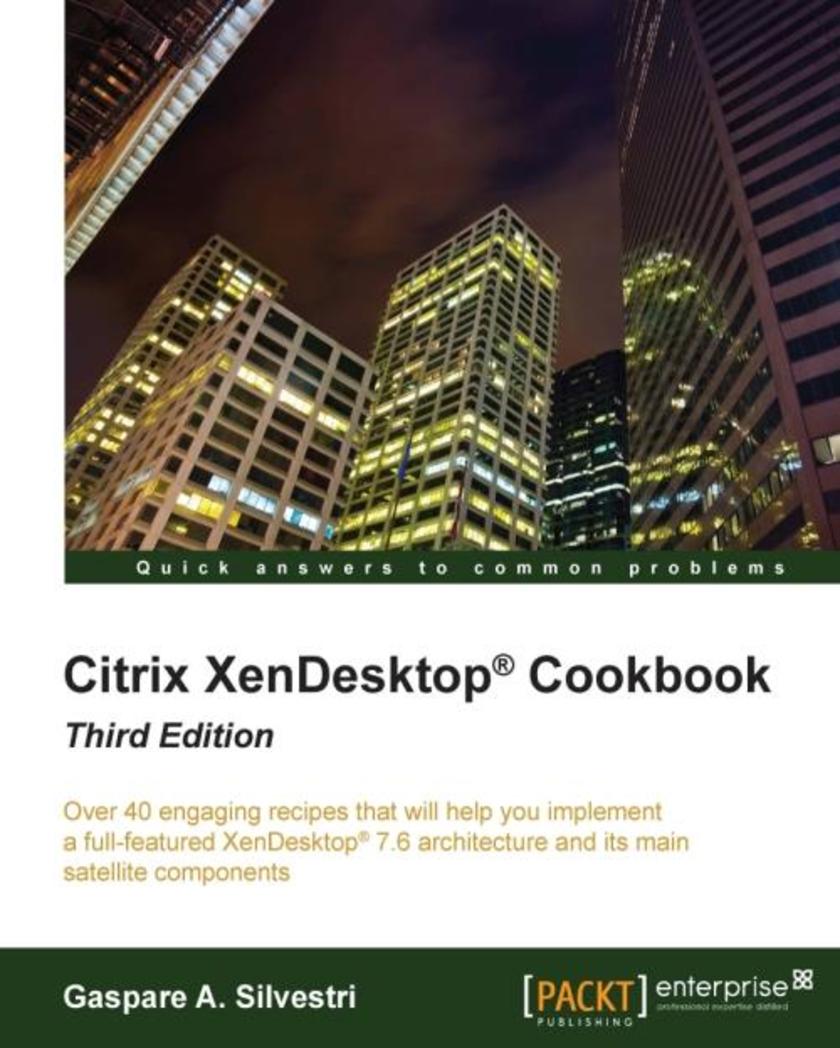
Citrix XenDesktop? Cookbook - Third Edition
¥99.18
If you are a system administrator or an experienced IT professional who wants to refer to a centralized container of procedures and advanced tasks in XenDesktop, this is the book for you. Experience of the virtualized environment and an understanding of the general concepts of desktop virtualization (VDI) are required.
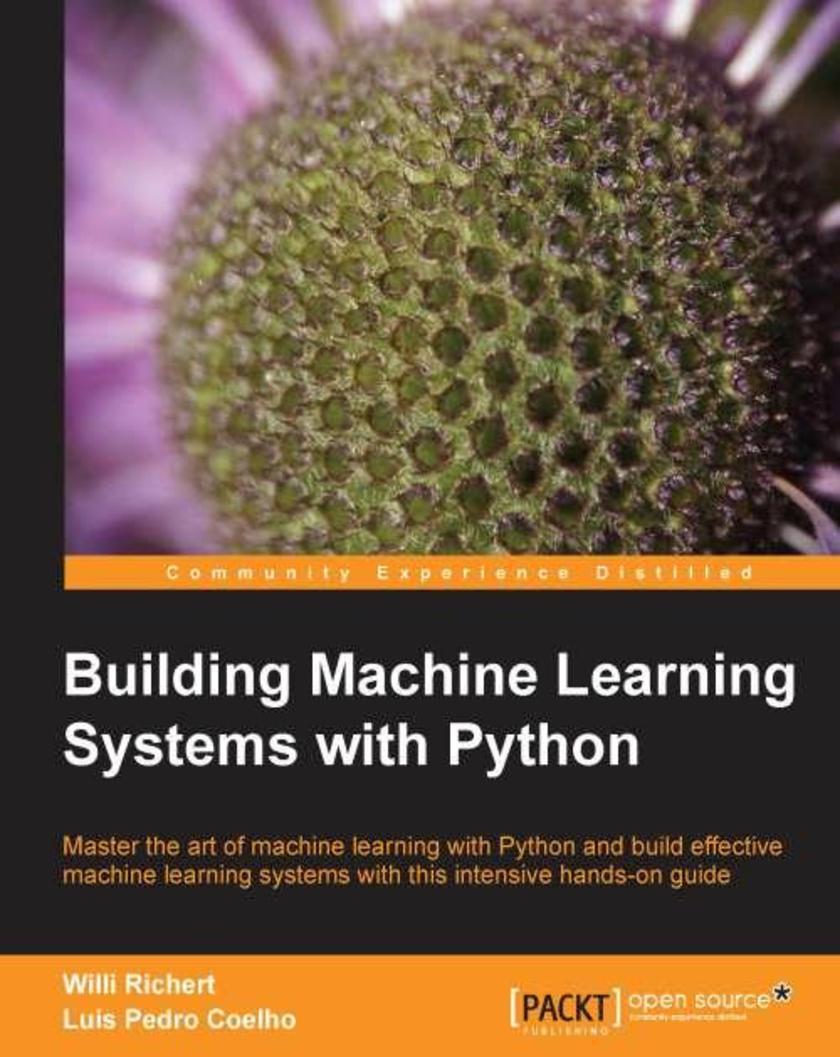
Building Machine Learning Systems with Python
¥90.46
This is a tutorial-driven and practical, but well-grounded book showcasing good Machine Learning practices. There will be an emphasis on using existing technologies instead of showing how to write your own implementations of algorithms. This book is a scenario-based, example-driven tutorial. By the end of the book you will have learnt critical aspects of Machine Learning Python projects and experienced the power of ML-based systems by actually working on them.This book primarily targets Python developers who want to learn about and build Machine Learning into their projects, or who want to provide Machine Learning support to their existing projects, and see them get implemented effectively .Computer science researchers, data scientists, Artificial Intelligence programmers, and statistical programmers would equally gain from this book and would learn about effective implementation through lots of the practical examples discussed.Readers need no prior experience with Machine Learning or statistical processing. Python development experience is assumed.

Vaadin 7 UI Design By Example: Beginner’s Guide
¥90.46
This book is a hands-on Beginner’s Guide for developers who are new to Vaadin and/or Vaadin UI components. The book will teach readers through examples to use each of the exciting components to build and add various aspects of the user interface to their web apps.If you have experience with the Java language and want to create web applications that look good without having to deal with HTML, XML, and JavaScript, this book is for you. Basic Java programming skills are required, but no web development knowledge is needed at all.




 购物车
购物车 个人中心
个人中心



